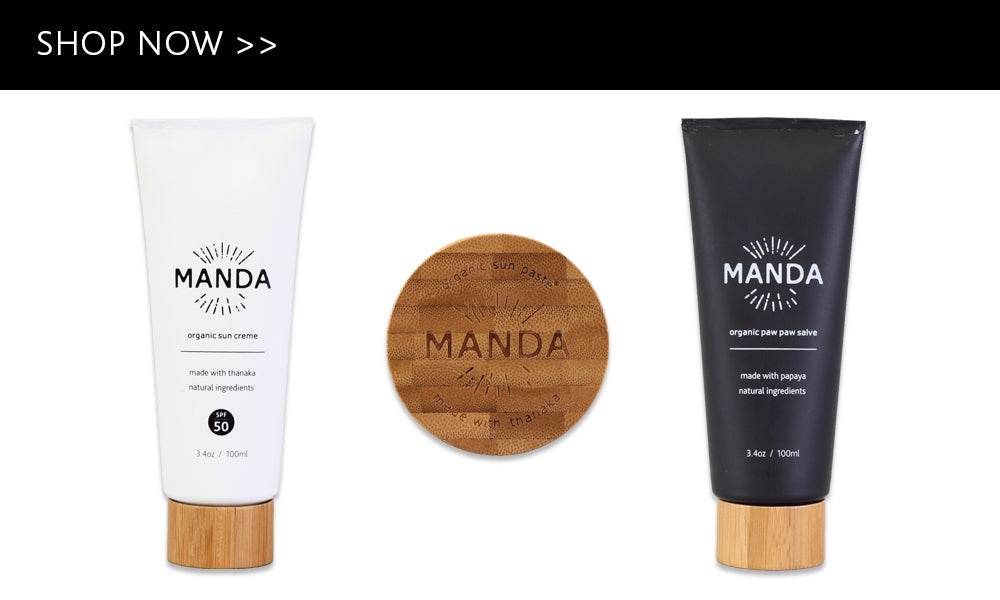Protect Your Color with Sal Masekela

It's a dangerous misconception that people of color do not need sun protection. The sad fact is more people of color diagnosed with skin cancer die from the disease than Caucasians because it often detected too late. TV host, musician, surfer, and MANDA partner Sal Masekela explains why he got involved in a sun care company and why it's so important to protect your skin regardless of your color.
Here are some steps to protecting your skin from sun damage and identifying potentially cancerous skin growths via the American Cancer Society:
- Cover up. Wear tightly woven clothing that blocks out the light. Try this test: Place your hand between a single layer of the clothing and a light source. If you can see your hand through the fabric, the garment offers little protection.
- Use sunscreen. A sun protection factor (SPF) of at least 15 blocks 93 percent of UV rays. You want to block both UVA and UVB rays to guard against skin cancer. Be sure to follow application directions on the bottle.
- Wear a hat. A wide brim hat (not a baseball cap) is ideal because it protects the neck, ears, eyes, forehead, nose, and scalp.
- Wear UV-absorbent shades. Sunglasses don't have to be expensive, but they should block 99 to 100 percent of UVA and UVB radiation.
- Limit exposure. UV rays are most intense between 10 a.m. and 4 p.m. If you're unsure about the sun's intensity, take the shadow test: If your shadow is shorter than you, the sun's rays are the day's strongest.

Here are some warning signs of skin cancer to be aware of:
It’s crucial to detect skin cancer early when it is easiest to treat and most likely to be cured. Dr. Perez says she advises people of all ethnicities to do a monthly skin self-exam and see a dermatologist annually — and sooner if any of the warning signs appear:
- A bump, patch, sore or growth that bleeds, oozes, crusts, doesn’t heal or lasts longer than a month. This may indicate basal cell carcinoma.
- An ulcer, scaly red patch, wart-like growth or sore that sometimes crusts or bleeds could be a sign of. This type of skin cancer can also develop in old scars or areas of previous physical trauma or inflammation.
- New or existing moles that are asymmetrical, have an irregular border, more than one color, are larger than a pencil eraser or change in any way may indicate melanoma. Pay special attention to suspicious spots on the hands, soles of the feet or under the nails, which could signify ALM.



